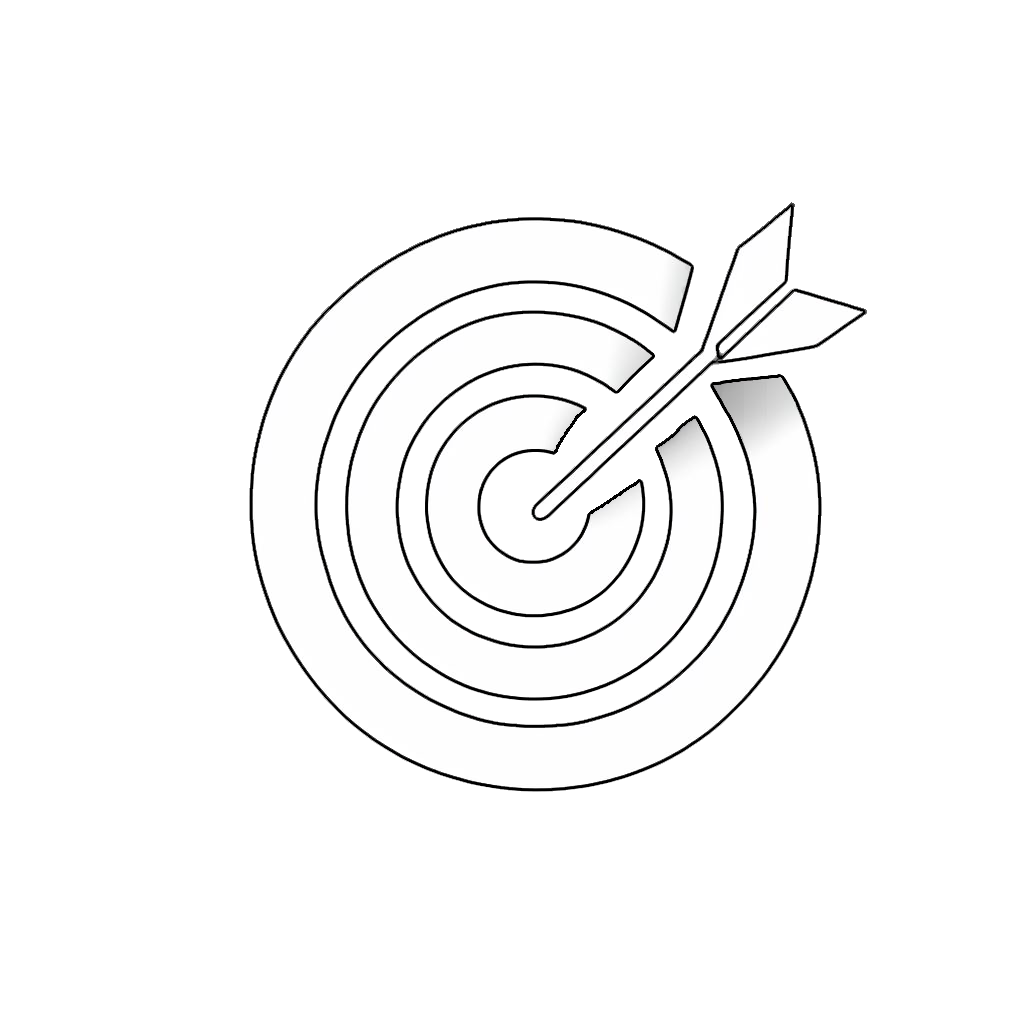Module 4: A Student’s Journey Through the Special Education Process
 Module 4 Outcomes
Module 4 Outcomes
- MLO 4.1: Recognize the role that classroom teachers play in the special education process. (CLO IV, InTASC 7p)
- MLO 4.2: Describe the process of determining student eligibility for special education services. (CLO IV, InTASC 1f)
- MLO 4.3: Practice developing the components of an example Individualized Education Program (IEP). (CLO IV, InTASC 2b, 2h, )
- MLO 4.4: Identify common accommodations, modifications, and services within IEPs. (CLO IV, InTASC 2h, 6u, 7m)
Have you ever observed a bustling classroom where students possess an almost tangible excitement and energy? What did it look like? Sound like? Feel like? Seeing learning take place is nothing short of magical. The powerful energy resulting from learning can be seen, heard, and felt. What if learning is not taking place? Can you see it? Hear it? Feel it? The students who fill your future classroom will come with strengths, talents, and needs, varying from student to student. As a result, it is important for teachers to be in touch with each student and recognize when they are thriving and struggling.
Just as differences exist among individuals, differences exist within an individual, often referred to as intraindividual differences. Unlike interindividual differences, which compare one child to another, intraindividual differences compare “the child’s abilities in one area with the child’s abilities in other areas” (Britannica). Often, these differences alert teachers to students who may be at risk and need additional support. Students who struggle often exhibit signs that may not appear as red flags. These common signs, though, may indicate that a student needs extra support. When these struggles become frequent and consistent over time, teachers may need to take steps toward disability eligibility.
Students who may need extra support may:
- Lack motivation
- Become easily frustrated
- Frequently make careless errors
- Have difficulty following directions
- Not complete work or homework
- Face challenges remembering or retaining learned skills
- Struggle with basic reading, writing, math, or spelling skills
These intraindividual differences represent unique patterns of strengths and needs. To better understand how intraindividual differences appear in a student, let’s return to our students from Module 1: Laws, Ethics, and Policies.
- Mai Lam, a six-year-old kindergartener from Wisconsin, is struggling with early literacy skills.
- Rueben Washington, an 11-year-old fifth grader in Pennsylvania, is having conflicts with teachers and other students.
- Aiden Gonzalez-Jones, a 16-year-old junior from Arizona, is facing big decisions about life after high school.
Example 1: An excellent communicator, Mai Lam, a kindergartener from Wisconsin, struggles with her ABCs.
Example 2: Rueben Washington, a fifth-grade student from Pennsylvania, has strong mathematical computational and reasoning skills but reads almost three years below grade level.
Example 3: Aiden Gonzalez-Jones, an 11th-grade student from Arizona, excels at writing, especially creative writing, but finds basic algebra challenging.
All students in these three examples bring individual strengths to their education, and they also have academic needs and could benefit from additional support to address those needs. In these scenarios, a teacher’s knowledge of their students’ intraindividual differences (e.g., strengths and needs) supports optimal lesson planning, allowing the teacher to meet a student’s unique learning needs. Understanding and addressing the intraindividual differences of each student results in maximized student learning. Universal Design for Learning (UDL), a proactive rather than reactive approach to teaching best illustrates the importance of intraindividual differences. UDL accommodates the unique needs and abilities of all learners while eliminating unnecessary hurdles in the learning process. Knowing each of your students well helps you identify learning or behavioral needs early and implement proper interventions.
Explain intervention and assessment procedures for prospective special education students.
Disposition. The teacher takes professional responsibility to use short- and long-term planning as a means of assuring student learning.
Knowledge. The teacher identifies readiness for learning, and understands how development in any one area may affect performance in others.
Performance. The teacher makes appropriate and timely provisions (e.g., pacing for individual rates of growth, task demands, communication, assessment, and response modes) for individual students with particular learning differences or needs.
Knowledge. The teacher understands students with exceptional needs, including those associated with disabilities and giftedness, and knows how to use strategies and resources to address these needs.
Disposition. The teacher is committed to making accommodations in assessments and testing conditions, especially for learners with disabilities and language learning needs.
Knowledge. The teacher knows when and how to access resources and collaborate with others to support student learning (e.g., special educators, related service providers, language learner specialists, librarians, media specialists, community organizations).
Variations within an individual; unique patterns of strengths and needs (variations in intelligence).
focuses on planning instruction in such a way to meet the varied needs of students at the point of first best instruction, thereby reducing the amount of follow-up and alternative instruction necessary



